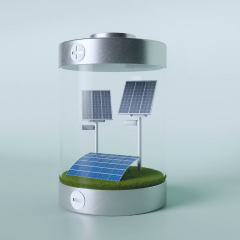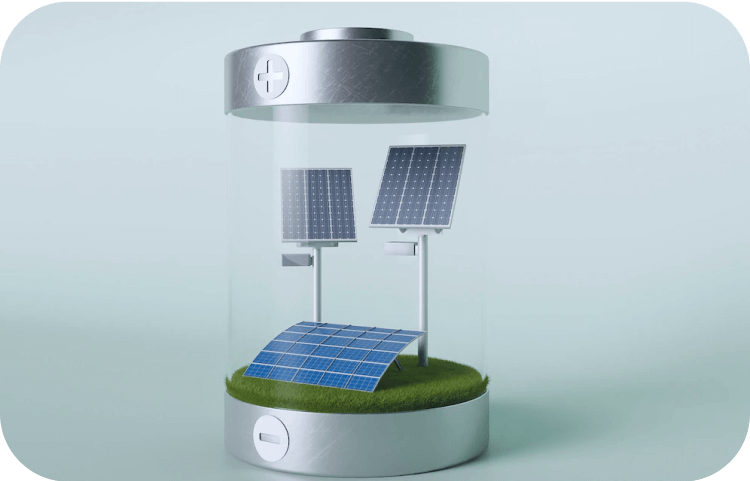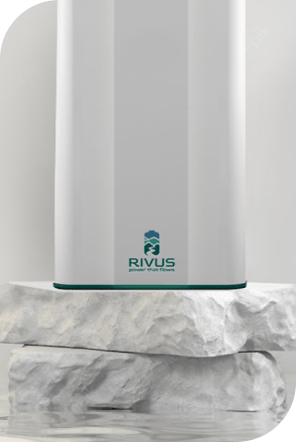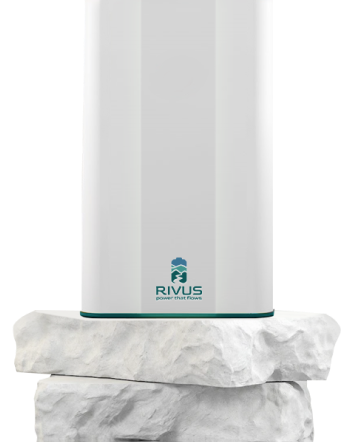Our Story
A Green Solution
for Energy Storage
for Energy Storage
The global race to reach net zero CO2 emissions by 2050 has already started. To avert the most severe impacts of climate change, we need to reduce our emissions by a minimum of 45% by 2030 (compared to 2010 levels). We are literally in a race against time to save our planet for us and future generations.
To save the planet, we must speed up the green energy transition. The energy sector has to be at the heart of the global transformation. It’s responsible for around three-quarters of greenhouse gas emissions (IEA, 2021). To achieve the net zero goal we have to transform our energy system.
The journey to net zero requires major advances in clean energy innovation. Breaking away from fossil fuels and scaling up renewable energy generation is pivotal. So is developing and investing in enabling technologies such as batteries. Energy storage solutions are key to following the renewable energy roadmap to deliver a greener future.
Rivus energy storage technology can optimise energy usage while minimising environmental harm.


Working towards a net zero society
Rivus believes in this vision of a clean and green future.
But it’s not just an aspiration; Rivus is working to make it a reality. At the core of our work is our concern about the climate crisis. We want to ensure that society gives its best shot to limit global warming. We want to replace older polluting technologies with our greener and cleaner solution.
Why are Rivus batteries superior?


There are many functioning battery technologies currently on the market. The problem is existing batteries are either not powerful, green or cheap enough.
Rivus organic redox flow batteries are special as they offer all three qualities.
The main difference between Rivus batteries and standard sources for battery materials is that our batteries have a lower environmental impact.
Lithium-ion batteries require the mining and extraction of toxic metals, such as cobalt and lithium. The mining of both of these metals has been linked to environmental damage, loss of habitats for local wildlife and pollution of water sources.
Predominantly mined in Congo, cobalt mining has caused social and environmental issues in local communities. Lithium is extracted from salt lakes in Central America or mined in Australia. Just like cobalt mining, it has disruptive impacts for communities and the environment. Lithium extraction from salt lakes is a water-intensive process (500,000 gallons per tonne of lithium) and is causing water availability issues for communities in Central America (where over half the world's lithium is stored).
The lithium industry in Australia has slightly different problems. Lithium produced in Australia comes from ore mining which is less water-intensive than salt lake extraction but there are environmental impacts further down the line and lithium-based waste is a growing problem. Lithium-based waste is forecasted to increase from 100,000 to 188,000 tonnes by 2036. Currently, the majority of Australian lithium battery waste is disposed of via landfill, which can contaminate the environment.
.png?width=572&height=552&name=image%2042%20(1).png)
Redox flow batteries are different from standard batteries such as lithium-ion as the energy is stored in liquids (electrolytes). Other flow battery technologies currently available on the market use a metal called vanadium, mainly sourced from China. China is also the largest consumer of vanadium which has implications for resource security as long-term availability remains uncertain.
Not only does the mining of these metals cause environmental damage, but the supply chain is unsustainable. Once the metals are extracted from the country of origin, they are transported into China for battery manufacturing and then shipped worldwide for consumption, with each stage resulting in C02 emissions.
Rivus uses a molecule extracted from organic materials. Using an organic base material gives Rivus batteries the environmental advantage over other technologies. It has a lower environmental footprint than mining metals such as lithium, cobalt and vanadium. Our base material is present in most countries, so there is little risk of resource scarcity.
A unique quality
In producing Rivus' negative electrolyte, we bind four carbon dioxide molecules to our organic molecule. This means that for every kWh of the energy we sell, we will also bind 3.3 kg of CO2, resulting in a more ecological and affordable battery.
Sustainability is part of our batteries. Rivus' technology will allow us to arrive at a sustainable future with as minimal environmental damage as possible.


